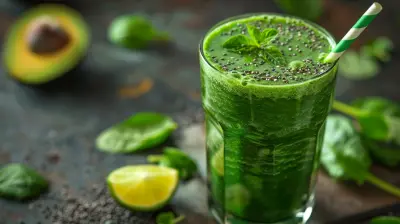Mastering Flavorful Low-Sodium Cooking
9 August 2025
Eating healthy doesn't mean sacrificing taste, yet many people associate low-sodium meals with bland, uninspiring food. If you’re trying to cut back on salt for health reasons—whether it’s for heart health, blood pressure control, or kidney function—you don’t have to give up bold flavors. The secret? A few clever cooking techniques and the right mix of seasonings.
In this guide, we’ll dive deep into how you can create delicious meals without relying on excessive salt. Get ready to master the art of flavorful low-sodium cooking!
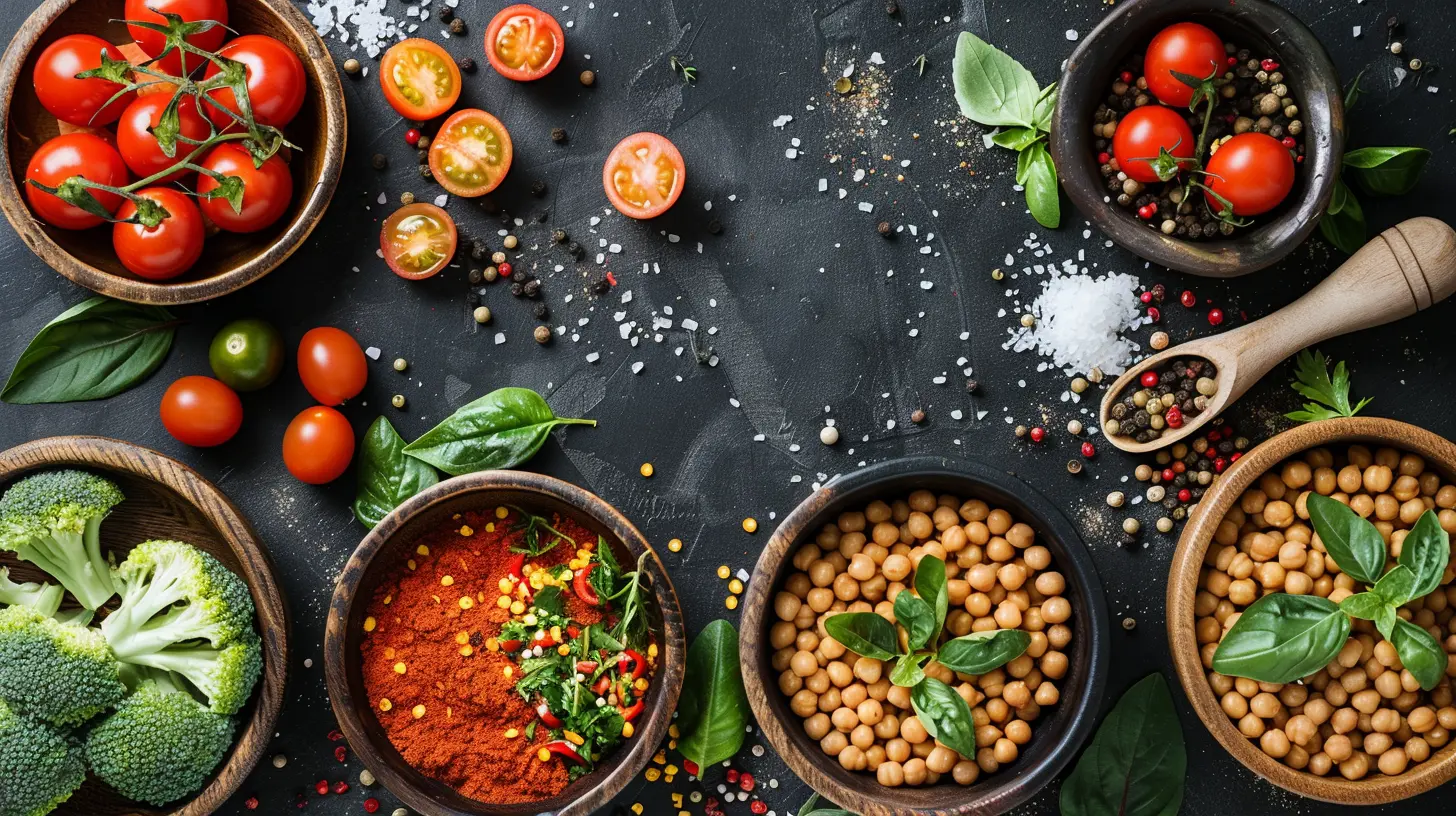
Why Reduce Sodium in Your Diet?
Before jumping into the kitchen, let’s talk about why cutting back on sodium matters. While salt is essential for bodily functions, too much of it can lead to serious health issues like high blood pressure, heart disease, and kidney problems. The recommended daily sodium intake is about 2,300 mg (or roughly one teaspoon), but most people consume far more than that.Reducing sodium doesn’t just benefit your health—it also opens the door to exploring a wide range of flavors beyond just saltiness. You’ll start to appreciate the depth and complexity of herbs, spices, and natural ingredients in entirely new ways.
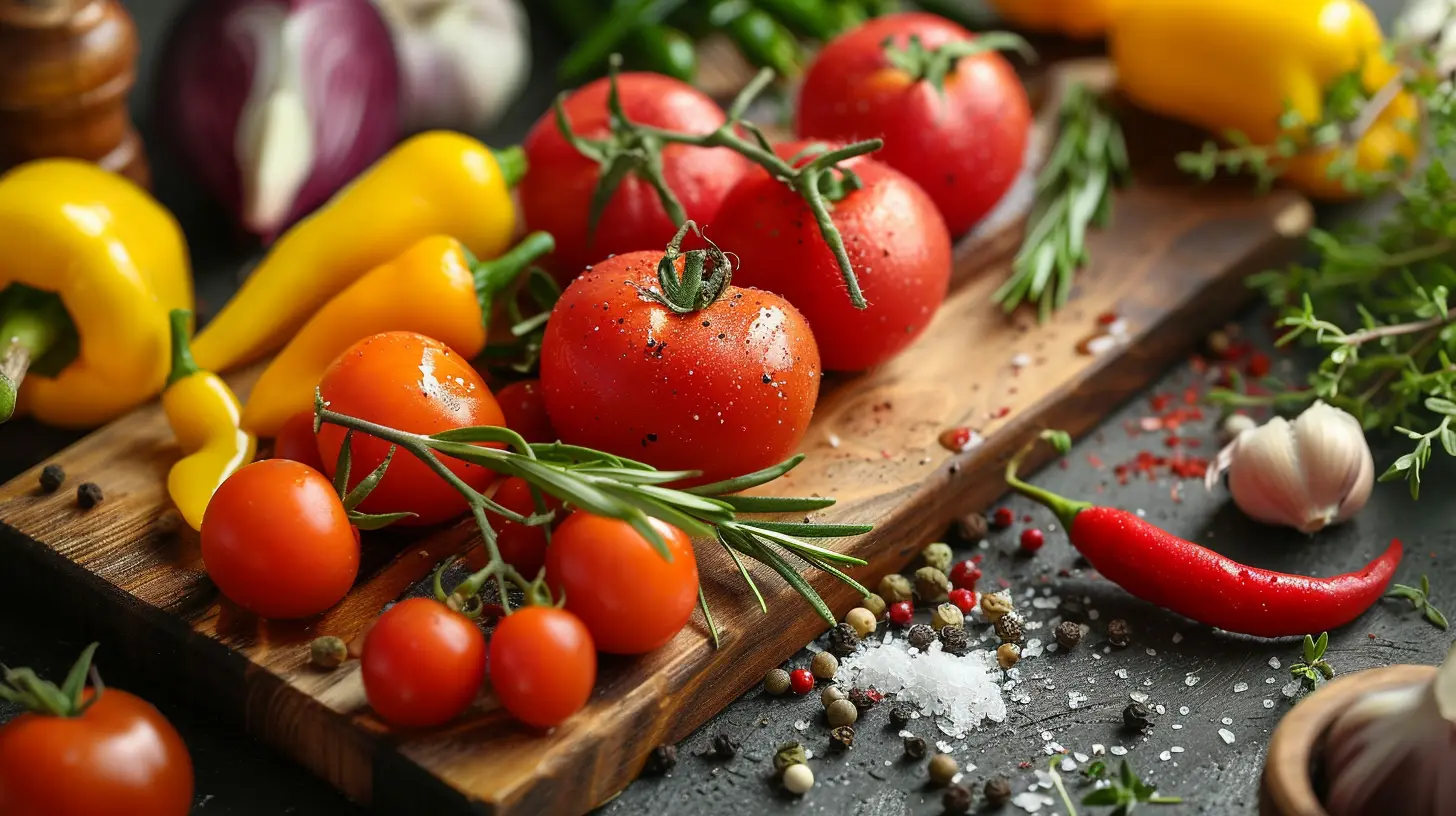
Essential Tips for Low-Sodium Cooking
1. Boost Flavor with Herbs and Spices
Salt enhances food, but it's not the only way to bring out flavors. Herbs and spices can create depth and complexity that make your dishes sing. Some excellent options include:- Garlic and Onion Powder – Add a savory kick without the sodium.
- Smoked Paprika – Offers a deep, smoky richness.
- Cumin and Coriander – Bring warmth and an earthy tone.
- Cinnamon and Nutmeg – Great for adding a hint of sweetness to savory dishes.
- Fresh Herbs (Basil, Cilantro, Parsley, Oregano, Thyme) – These pack a punch when added fresh toward the end of cooking.
Try making your own seasoning blends to replace store-bought ones loaded with salt. A homemade blend of garlic powder, onion powder, smoked paprika, and black pepper can work wonders!
2. Get Creative with Acidic Ingredients
Acid is a game-changer in low-sodium cooking. Ingredients like lemon juice, lime juice, apple cider vinegar, balsamic vinegar, and even yogurt can brighten flavors and reduce the need for salt.A squeeze of fresh lemon over roasted vegetables or a dash of balsamic vinegar in soups can add an extra dimension of taste without additional sodium. Experiment with different vinegars and citrus juices to find your favorite combos.
3. Use Natural Umami-Rich Ingredients
Umami—the so-called "fifth taste"—adds a savory, deep flavor that can make up for the absence of salt. Some powerful umami-packed ingredients include:- Mushrooms (especially shiitake)
- Tomatoes and sundried tomatoes
- Nutritional yeast
- Miso (low-sodium varieties)
- Roasted garlic
- Fermented foods like kimchi or sauerkraut
Roasting, caramelizing, or slow-cooking these ingredients can amplify their natural umami goodness, making your dishes satisfyingly flavorful.
4. Roast and Caramelize for Depth
Cooking methods can make a massive difference in flavor. Roasting vegetables, for instance, brings out their natural sweetness and intensifies their taste. Caramelized onions, roasted bell peppers, and deeply browned mushrooms all add layers of complexity to your meals.Try roasting sweet potatoes with olive oil, smoked paprika, and cinnamon for a naturally rich, satisfying dish without any added salt.
5. Experiment with Healthy Fats
Healthy fats carry flavor and add richness. Ingredients like olive oil, avocado oil, nuts, and seeds can enhance a dish while keeping it heart-friendly.For example, a drizzle of good-quality extra virgin olive oil over a salad or soup can make all the difference. Toasted sesame oil is another powerhouse that brings nutty, slightly smoky notes to Asian-inspired dishes.
6. Choose Low-Sodium or No-Salt-Added Products
Many processed foods are packed with sodium, from canned soups to condiments and pre-seasoned snacks. Opt for low-sodium or no-salt-added versions whenever possible.Reading nutrition labels is key—look for foods with 140 mg of sodium or less per serving to qualify as low-sodium.
7. Make Homemade Condiments
Store-bought condiments are often sodium bombs. Ketchup, soy sauce, salad dressings, and marinades can all pack in way more salt than you’d expect. The alternative? Make your own!A quick homemade dressing with olive oil, lemon juice, garlic, and black pepper can be just as tasty (if not better) than store-bought versions. For soy sauce alternatives, try coconut aminos or a blend of balsamic vinegar and tamari.
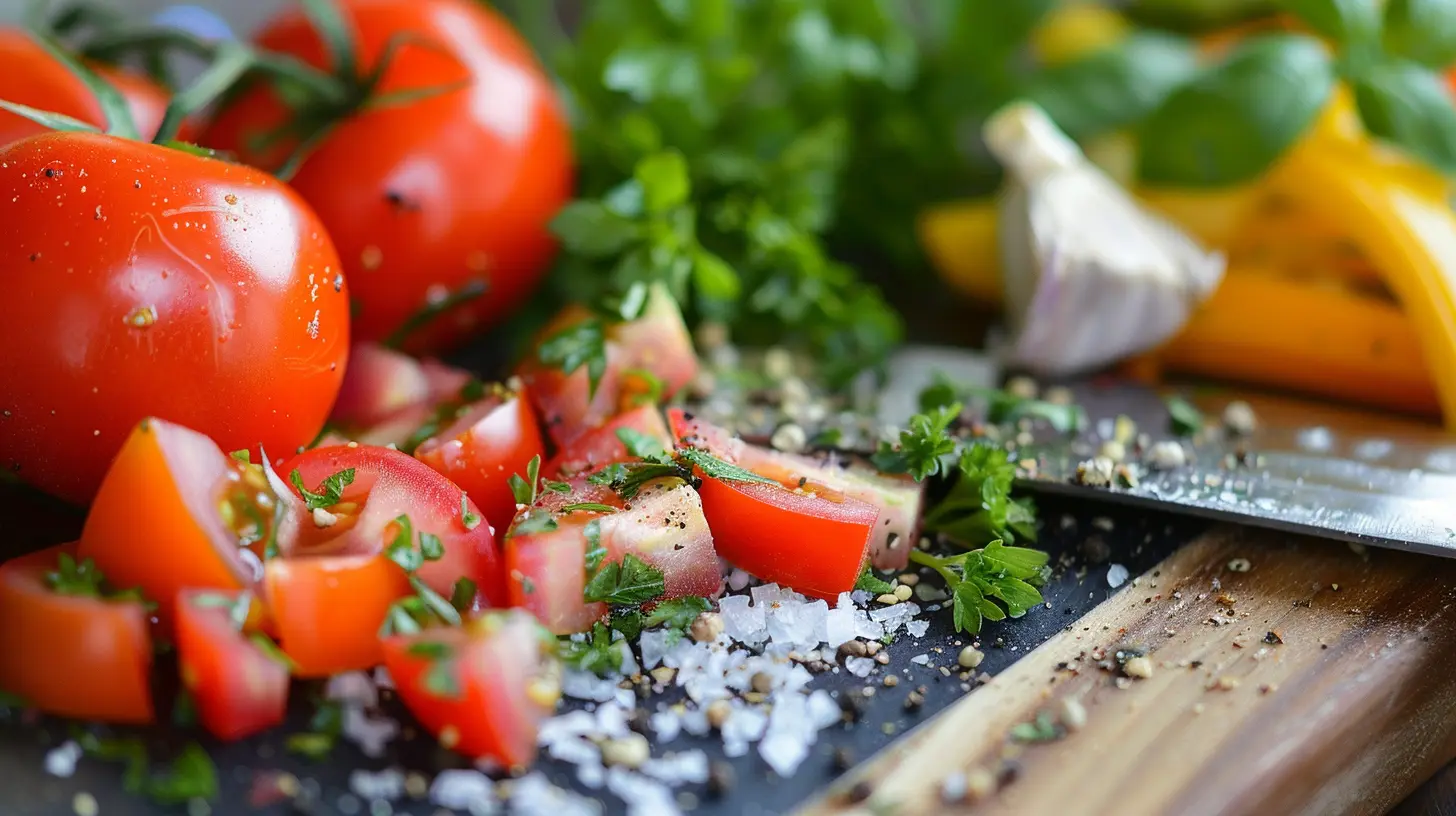
Low-Sodium Recipe Ideas
Now that we’ve covered the basics, let’s put them into action with a few simple, flavorful recipes.1. Herb-Infused Lemon Chicken
Ingredients:
- 2 boneless, skinless chicken breasts- 2 tbsp olive oil
- Zest and juice of 1 lemon
- 1 tsp garlic powder
- 1 tsp smoked paprika
- 1 tsp dried oregano
- ½ tsp black pepper
Instructions:
1. Preheat oven to 375°F (190°C).2. In a bowl, mix olive oil, lemon zest, lemon juice, garlic powder, paprika, oregano, and black pepper.
3. Marinate chicken in this mixture for at least 20 minutes.
4. Bake in the oven for 25 minutes or until fully cooked.
5. Serve with roasted vegetables or a fresh salad.
2. Smoky Roasted Sweet Potatoes
Ingredients:
- 2 medium sweet potatoes, cubed- 1 tbsp olive oil
- ½ tsp smoked paprika
- ½ tsp cumin
- ½ tsp cinnamon
- ¼ tsp black pepper
Instructions:
1. Preheat oven to 400°F (200°C).2. Toss sweet potatoes with olive oil and spices.
3. Spread on a baking sheet and roast for 30 minutes, flipping halfway.
4. Enjoy as a side dish or snack!
3. Avocado and Tomato Salad with Balsamic Glaze
Ingredients:
- 1 ripe avocado, cubed- 1 cup cherry tomatoes, halved
- ¼ small red onion, thinly sliced
- 1 tbsp balsamic vinegar
- 1 tbsp olive oil
- ½ tsp black pepper
- Fresh basil (optional)
Instructions:
1. Combine all ingredients in a bowl.2. Toss gently and let sit for 10 minutes to blend flavors.
3. Serve as a side dish or light snack.
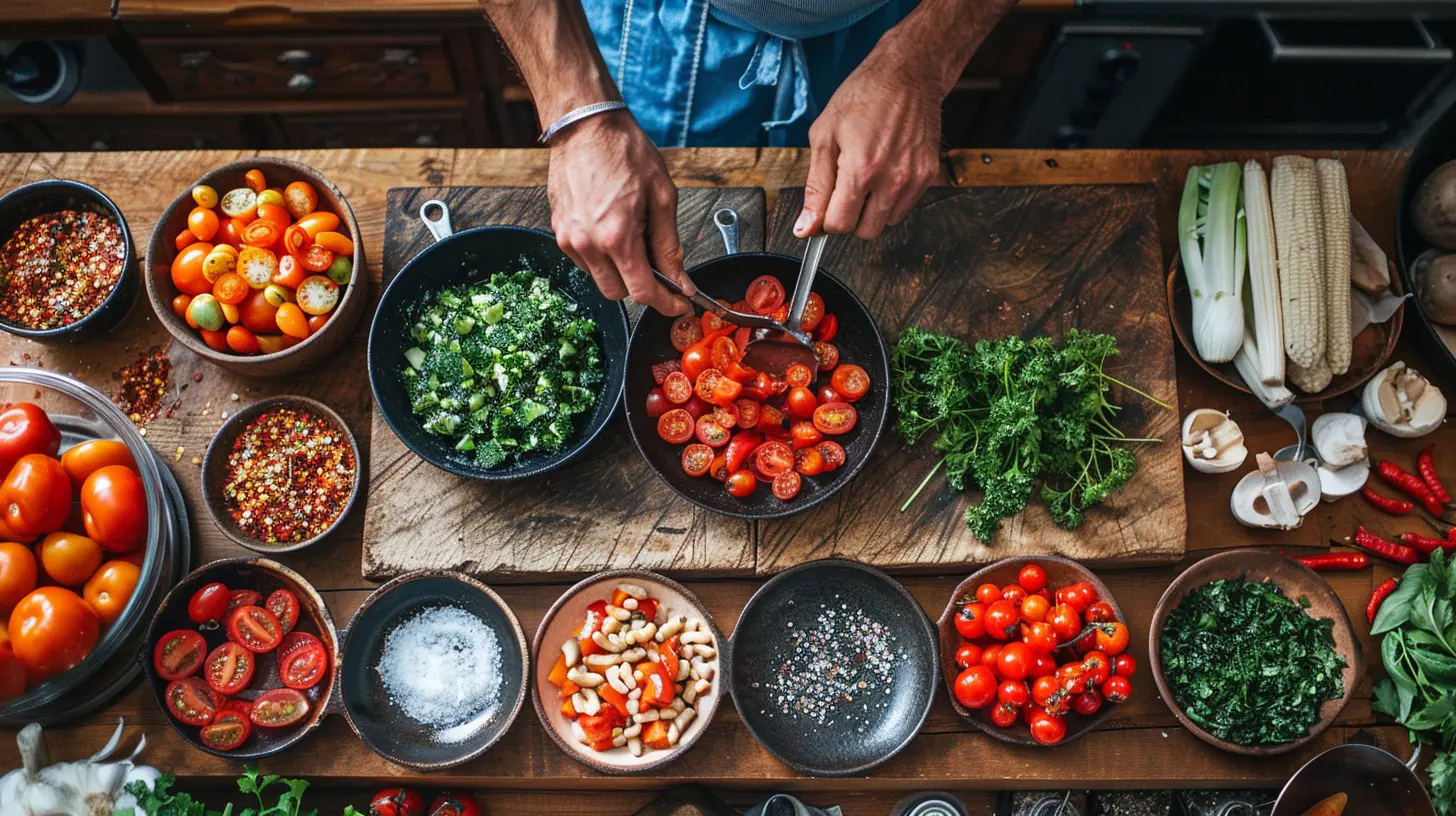
Making Flavorful Low-Sodium Cooking a Habit
Cutting back on salt doesn’t mean giving up enjoyable food. With the right techniques and a little creativity, you can transform your meals into flavor-packed dishes that are both delicious and heart-healthy.Start small—swap out some of your go-to seasonings for fresh herbs, add a splash of citrus, or try roasting your vegetables. Over time, your taste buds will adjust, and you’ll naturally crave less salt while enjoying a world of new flavors.
So, are you ready to spice things up without the sodium? Give these tips a try and see how tasty low-sodium cooking can truly be!
all images in this post were generated using AI tools
Category:
Healthy CookingAuthor:

Madeline Howard
Discussion
rate this article
1 comments
Meredith Gilbert
This article beautifully highlights the art of low-sodium cooking without sacrificing flavor! It's a fantastic reminder that healthful choices can be delicious and satisfying. Thank you for sharing these valuable tips—it makes adopting a low-sodium lifestyle feel achievable and enjoyable. Happy cooking!
August 18, 2025 at 3:08 AM

Madeline Howard
Thank you for your kind words! I'm thrilled you found the tips helpful and inspiring for your low-sodium cooking journey. Happy cooking!

